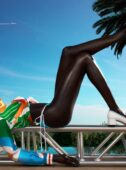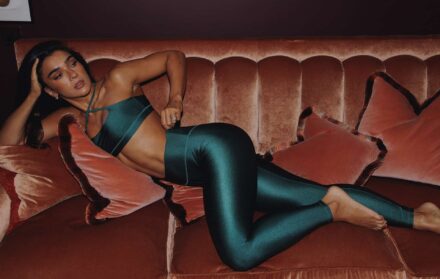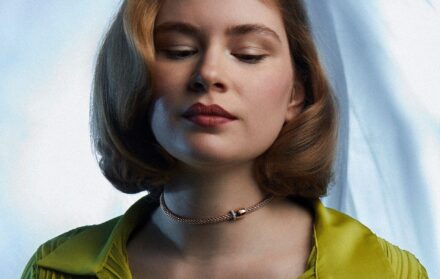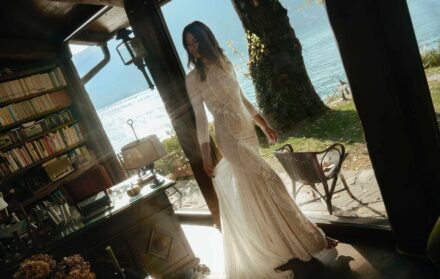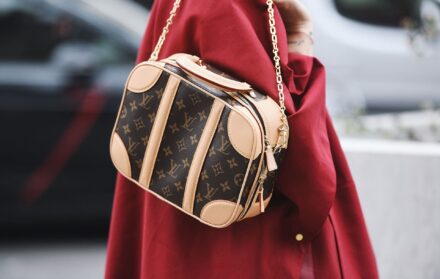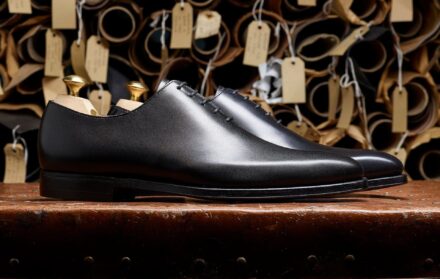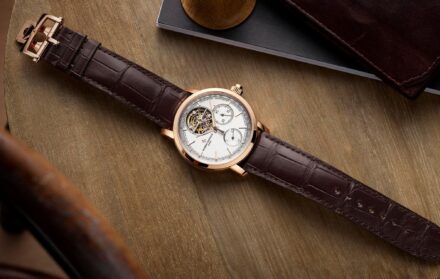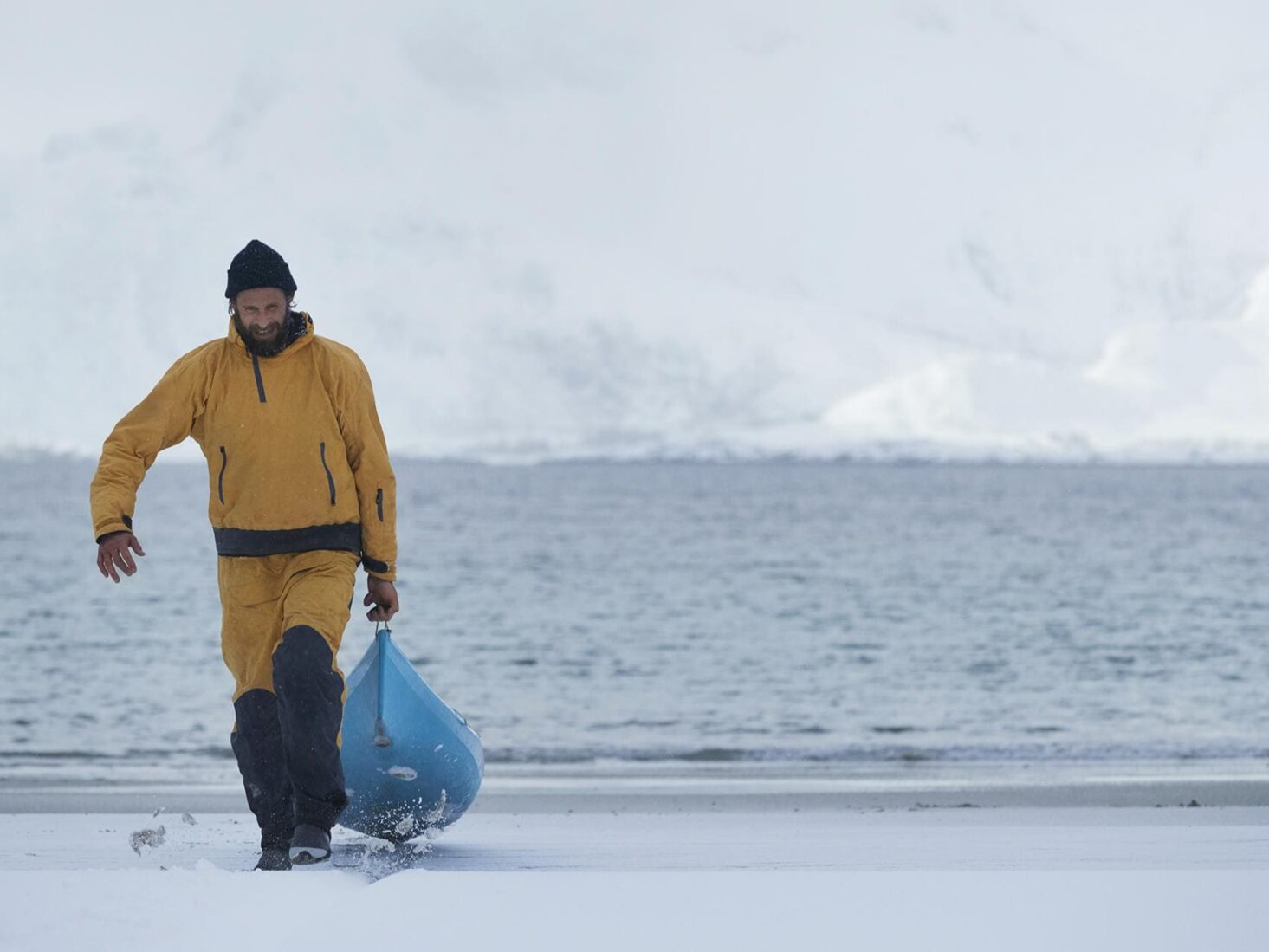
Banking heir and Breitling squad member David de Rothschild on his mission to save the planet
Explorer David de Rothschild has sailed 8,000 miles on a boat made of plastic, crossed Antarctica on skis and paddled down the Xingu River. As he partners with Breitling on a marine conservation project, the British
‘Where do you live?’ is perhaps the wrong question to ask a man whose life has centred around nomadic pursuits. From a car in LA, explorer David de Rothschild’s laugh trickles down the phone as he explains how he is “of no fixed address. I try not to stay very still”.
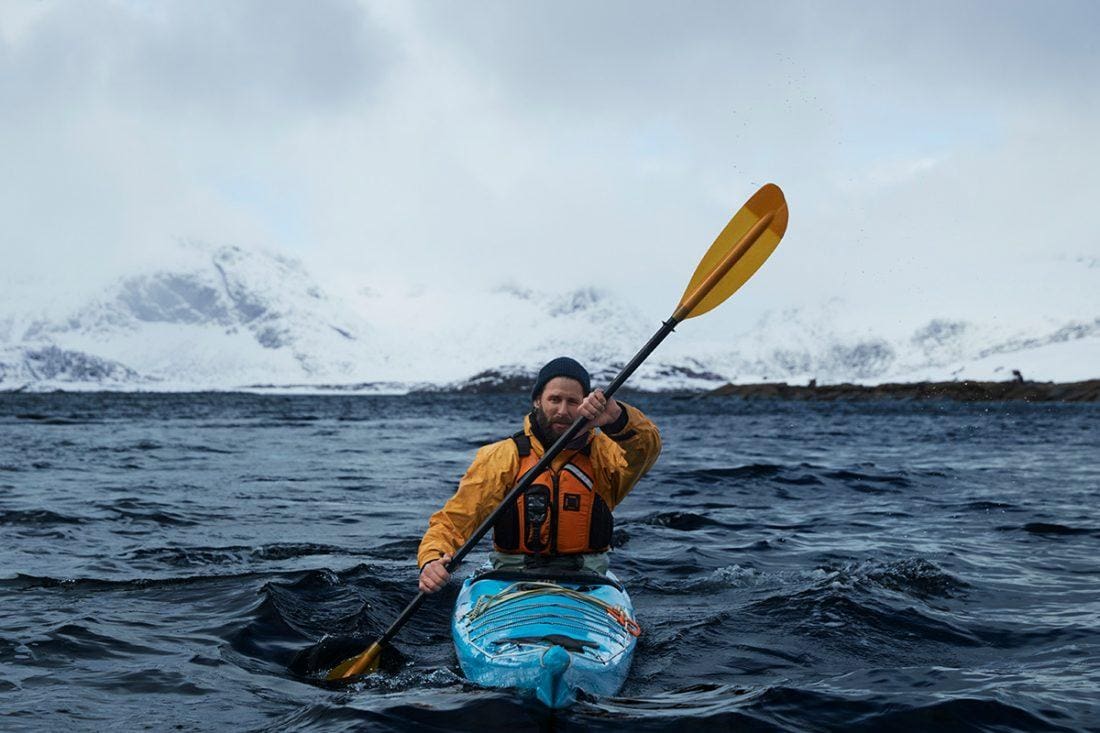
To be fair to him, not staying still has served him well. To date, he’s the youngest person ever to reach both geographical poles, and, along with a group of fellow nomads, is the world record holder for the fastest crossing of the Greenland ice cap. At the age of 26, he joined a team of 14 people crossing the continent of Antarctica on skis, dragging sledges of cargo for 2,000 miles. He’s sailed from San Francisco to Sydney on a 60ft vessel made of 12,500 plastic bottles (dubbed Plastiki) and taught Amazonian tribes people how to move to 1980s pop classics (more on that later).
A scion of the Rothschild banking family, the explorer, environmentalist and naturopath sought conservationism over capitalism from an early age. Obsessed with horse riding, he became a top-ranked show jumper in Britain’s junior event team as a teenager, before studying Political Science and Information Systems at Oxford Brookes. His interest in ecology was sparked while earning an advanced diploma in Natural Medicine from London’s College of Naturopathic Medicine, but it was on his trip to Antarctica that he realised travelling could be used as a tool for environmental education. Since then, his mission has been informing the world on the importance of conservationism, travelling to remote and fragile regions to highlight the need for sustainable living.
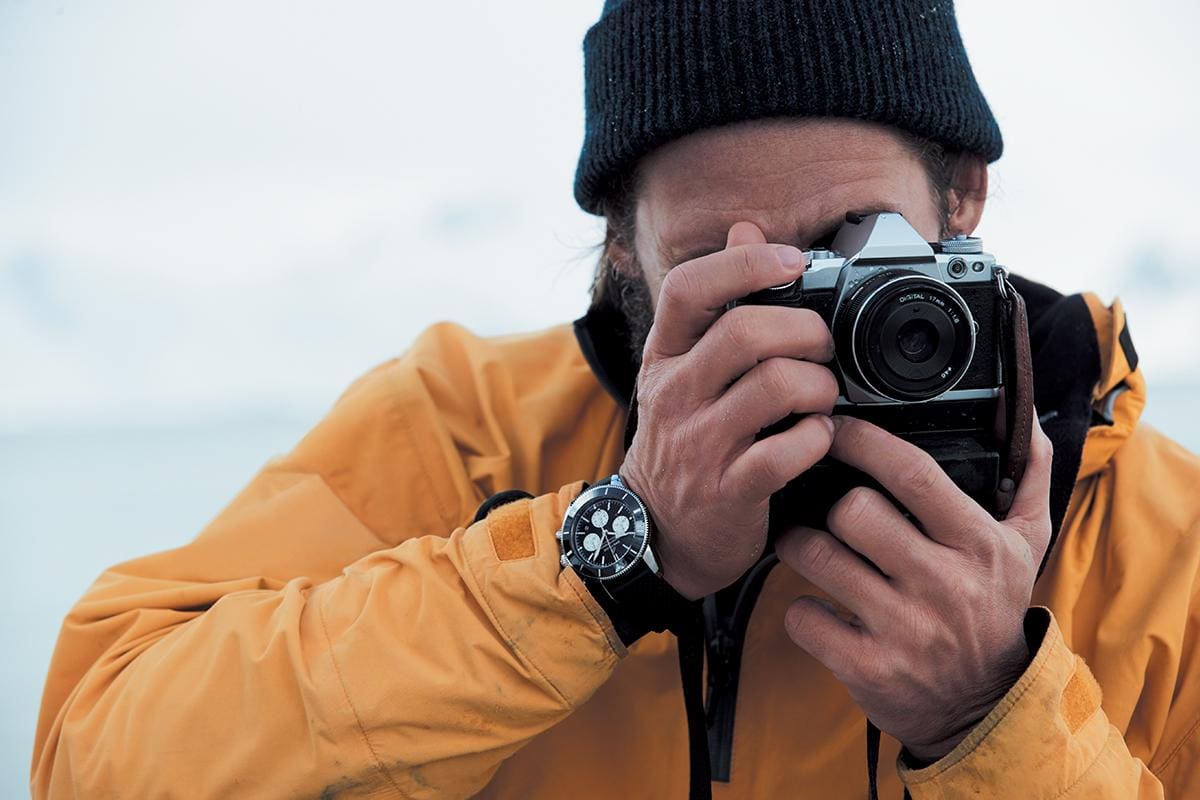
This has involved, among other things, founding Sculpt the Future Foundation in 2006, a charity dedicated to environmental education, as well as the launch of his sustainable-first lifestyle brand The Lost Explorer in 2015. More recently, Rothschild joined the Breitling Explorer Squad, a team of environmentalists including Bertrand Piccard and Inge Solheim, with whom the horologer has launched a limited-edition timepiece. The Breitling Superocean Heritage Chronograph 44 Ocean Conservancy sports a strap crafted from ECONYL yarn, a nylon alternative made from recycled fishing nets. A portion of the sales of the watch are donated to Ocean Conservancy and its global fight against ocean pollution.
Why did you choose to dedicate your life to environmentalism?
I’ve always just loved nature and being outside. I look at it as a very selfish, indulgent pursuit. If you think about it, who wouldn’t want to spend time in nature, trying to figure out ways with which to protect that incredible ecosystem? It’s the greatest gift of all to be able to contribute to that, and to be part of what is now a much more robust network of incredible people, working towards a remedy for a much more sustainable way of living.
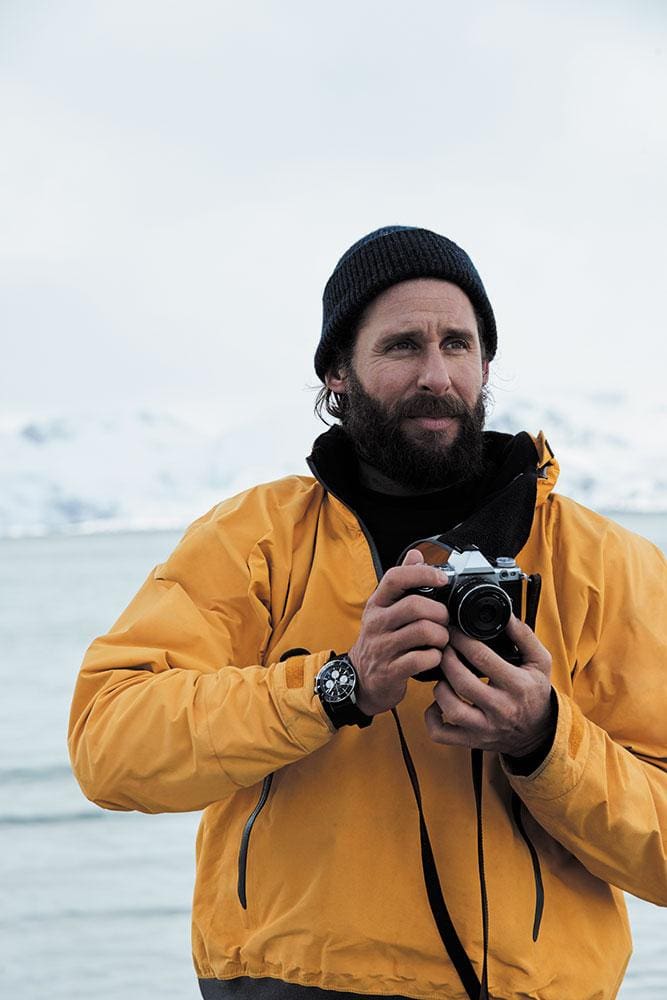
Why do you think the sustainability movement has become more dominant in recent years?
I think the awareness has always been there for all of us, but it’s becoming a lot more prevalent because crazy weather systems are hammering us on a daily basis. Every single narrative and every event that has been presented by the scientific community since the first big wave of environmentalism back in the 1960s is now coming to fruition. That’s the fundamental shift. But the problem is that winning slowly is still losing. We need to realise that there isn’t a bailout plan for nature. We have all of the solutions to the problems today; the pieces that are missing from the equation now are the moral compass and the leadership.
Why do you think climate change is still a taboo topic for so many?
One of the problems is that the predominant narrative has always been presented as very black and white. You’re either part of the problem or you’re part of the solution; you either agree with climate change or you’re a denier. That’s a really dangerous game to play. There are many iterations of that conversation, and I think a lot of people feel very overwhelmed by the enormity of that change and what they have to do personally. I don’t think fear is a good motivator. We have to create stories that are inspiring, we have to lead by example and remove the myths that to be sustainable is a step backwards, not a step forwards.
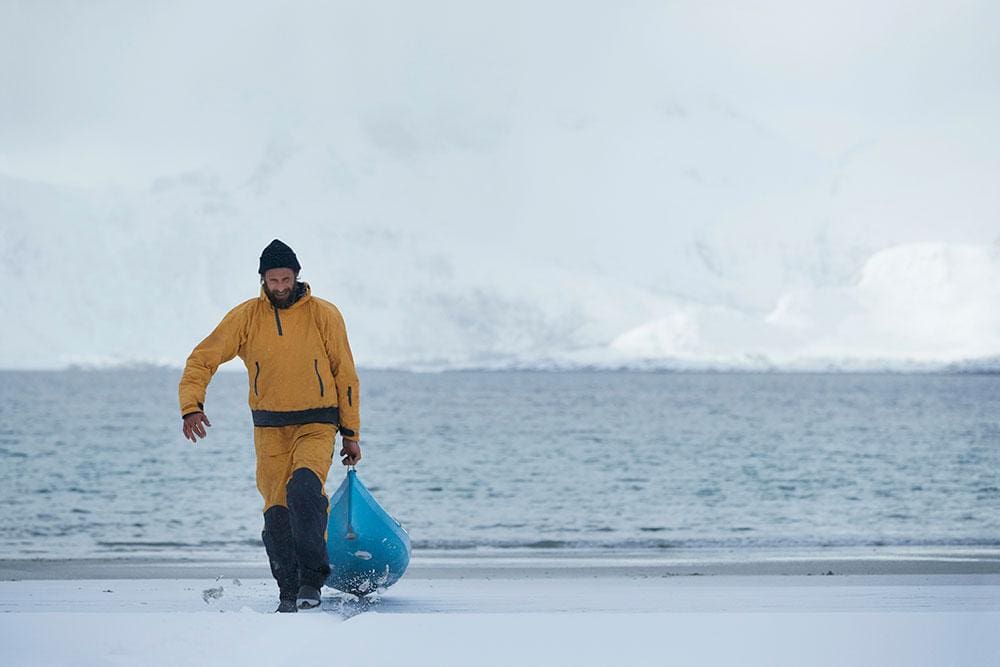
Will Plastiki sail again?
Since 2004, I’ve been creating stories that hopefully elevate and celebrate nature. I try to take issues that are out of sight, out of mind and make the unseen seen. Plastiki was one medium around plastics and it was a great way to kickstart what became a global conversation – but still today, for all the consciousness we have about plastic, there’s still a lot to be learned and sadly we’re still producing more plastic than ever. For me, Plastiki was the starting point. Adventure is an incredible medium because it allows for discovery and allows for story-telling, and all of those things create a potent mix to grab people’s attention.
What’s been your most unusual travel experience?
I remember being in the Amazon with the chief from the Atara community, which is based on the border of Equador and Peru. After quite a bit of moonshine, he pulled out a ghetto blaster and a copy of Now That’s What I Call Music Volume I, which had Wham and Kajagoogoo tracks, and said ‘Show me how to dance to this music’. It was a f**king amazing moment, one because I got to practise my sh*t dance moves, and two because I thought in years to come some anthropologist is going to wonder how this indigenous tribe ended up moving in this way. Somebody might say ‘And then the Atara learned how to do the rope-a-dope’.
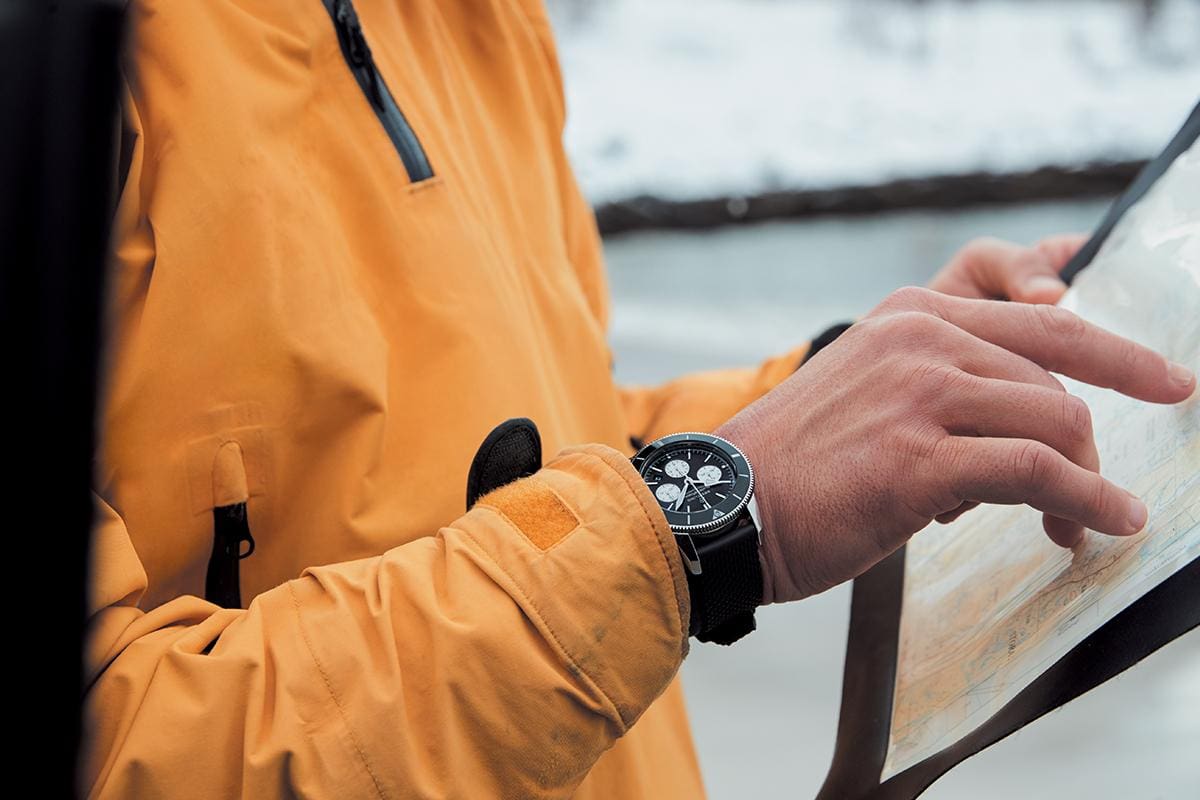
How important is it that brands such as Breitling are working to create more sustainable products?
It’s super important. We’re living in a time when people trust brands more than they trust politicians – so if you have a brand that is willing to stand by values that will be bigger than just consumerism, such as conservationism, then that’s an incredibly powerful tool. If someone’s wearing a watch that is grounded in ocean conservation and someone asks them about that watch, they then become an ambassador for the ocean through that experience. You’ve created an army of advocates for causes that matter, and that’s the power of the brand.


